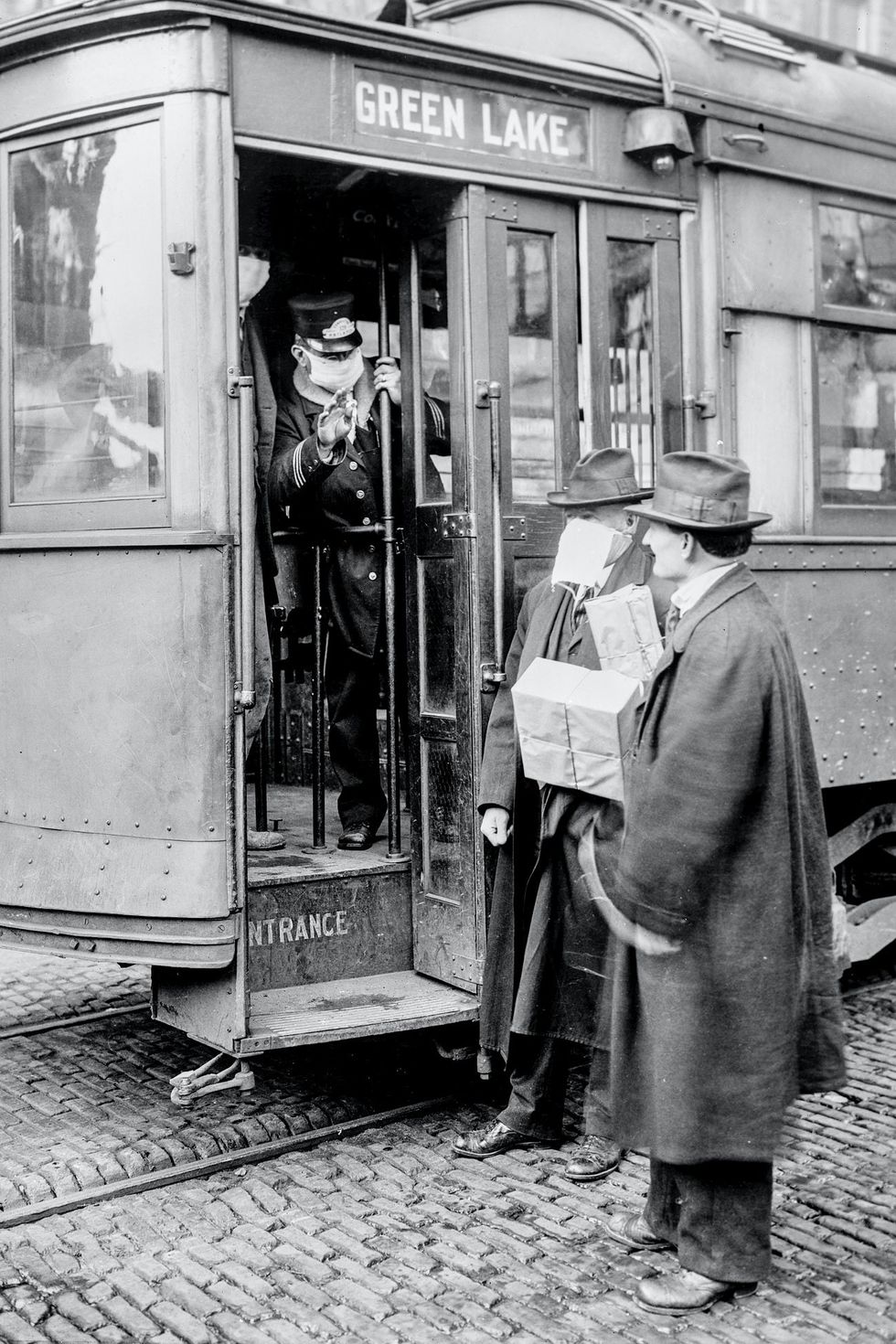
Precaution during the Spanish Influenza Epidemic would not permit anyone to ride on the street cars without wearing a mask, including those pictured above in this image from Seattle, Wash. (ca.1918), according to the Library of Congress. Original image from Library of Congress; Digitally enhanced by rawpixel
reporter's notebook







 Submitted
Submitted






